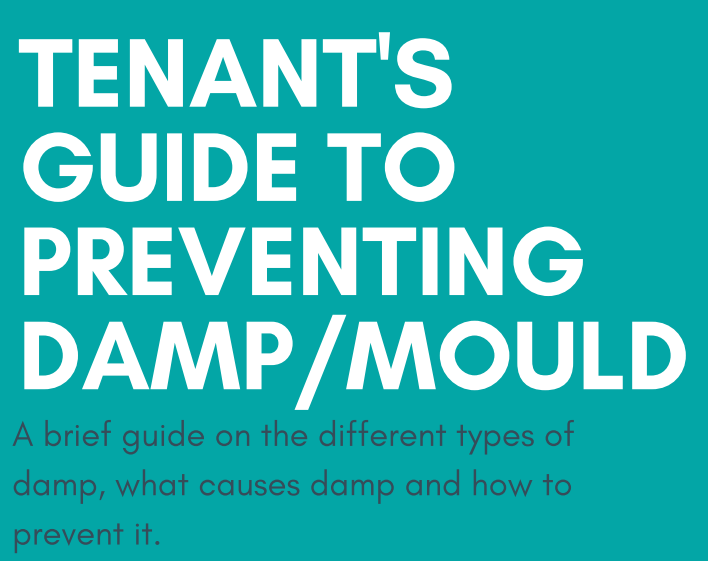The tragic death of Awaab Ishak in Rochdale will have shocked and saddened many of our colleagues and customers. It’s important that as your landlord, we respond to issues of damp and mould in an effective way. Working together with you, we can identify any issues and resolve them quickly.
If you are concerned about the potential of damp and mould in your home and the potential impact on your health, then please contact us.
What Warrington Housing Association are doing
We are a small locally based Housing Association and we pride ourselves on the fact that we know the homes that our customers live in. However, we are not complacent.
Every year we complete stock condition surveys (20% of our homes per annum). We use these surveys to help us budget for long-term costs such as replacing kitchens, bathrooms, double glazing etc (the sorts of things that will help prevent damp and mould). The surveys are also used to pick up on any immediate repairs required which are then reported and resolved in line with our published target times. Colleagues who complete these surveys would pick up any issues of damp and mould and instigate the necessary action.
Our office, telephone and website portal are available to our customers to report concerns about damp and mould alongside other general repairs. Out of hours, customers can report repair issues via our 24 hour hotline 0151 343 4223
In addition to all of this, we recognise that there is always more that we can do:
- We ask all our contractors to feed back any observations about damp and mould, even if their visit is not directly related to this matter.
- We will look to target our future stock condition surveys which (due to property type) might be of higher risk of damp and mould.
- We will ensure that all our frontline staff undertake refresher training to increase awareness and understanding of damp and mould.
- As part of our new tenant/current tenant visit process, our officers will check for evidence of damp and mould in our customers’ homes.
- We will use our website, newsletter and other forms of communication to raise awareness of damp and mould with our customers.
- We will engage with our scrutiny panel (WHASP) regarding our approach, seek their views and ask them to be our tenants’ voice in these matters.
- We will continue to offer Money Advice Services to provide advice and support to customers who might be struggling to heat their homes due to the current cost of living crisis.
- We will report all cases of damp and mould to our Board, including all actions being taken.
Our Ask of you
There are four main causes of damp that could occur in your home:
- Condensation causes damp areas by soaking into absorbent surfaces like wallpaper and paint. These damp areas often attract black mould. This is the biggest cause of damp in homes and is easily prevented.
- Rising damp is caused by water rising from the ground, but most homes are protected against this through Damp Proof Courses (DPCs).
- Structural defects, such as missing roof tiles, cause penetrating damp. This is usually found on external walls or ceilings following rain
- Leaky water and waste pipes. This will make affected areas look and feel damp regardless of the weather conditions outside.
First and foremost, if you have any concerns about damp and mould in your home, please contact us. Equally, if you have any repair issues that might result in damp or mould, these should be reported to us immediately. This will help us undertake necessary repairs and maintenance to prevent the issue reoccurring.
Condensation is by far the most common cause of dampness, caused by water vapour or moisture in the air coming into contact with a colder surface, such as a window or wall. The drop in temperature causes water (condensation) to form on the surface. This condensation may then soak into the wallpaper, paintwork or plasterwork. Mould spores are invisible to the naked eye but are in the air all around us all of the time, but they will grow on surfaces where condensation has formed into a visible mould covering.
Dealing with condensation and mould
These quick and easy steps will help you reduce condensation, and therefore the potential for mould, in your home:
Ventilate to remove moisture
You can ventilate your home without making draughts.
- Ventilate the kitchen and bathroom when in use by opening the window or better still make use of any fitted ventilation devices such as extractor fans.
- If you have an extractor fan fitted and it is not working, please report it to us and we will repair or replace it.
- Close kitchen and bathroom doors when these rooms are in use, even if your kitchen or bathroom has an extractor fan, as this will help prevent moisture reaching the other rooms, especially bedrooms, which are often colder and more likely to get condensation
- Ventilate cupboards and wardrobes. Avoid putting too many things in them as this stops the air circulating and leave space between the back of the wardrobes and the wall. Where possible, position wardrobes and furniture against an internal wall
- If your windows are fitted with trickle vents, it’s important that these are opened to help reduce moisture.
Try to produce less moisture
Some ordinary daily activities produce a lot of moisture very quickly but this can be minimised:
- Cover pans when cooking and do not leave kettles boiling.
- Dry washing outdoors on a line, or put it in the bathroom with the door closed and the window open or with the fan on.
- Vent any tumble dryer to the outside, (unless it is the self-condensing type).
Should you have any concerns about damp please do not hesitate to contact us
For further advice please see tips from the Energy Savings Trust:
https://energysavingtrust.org.uk/advice/fixing-damp-and-condensation/
https://energysavingtrust.org.uk/energy-at-home/heating-your-home/






